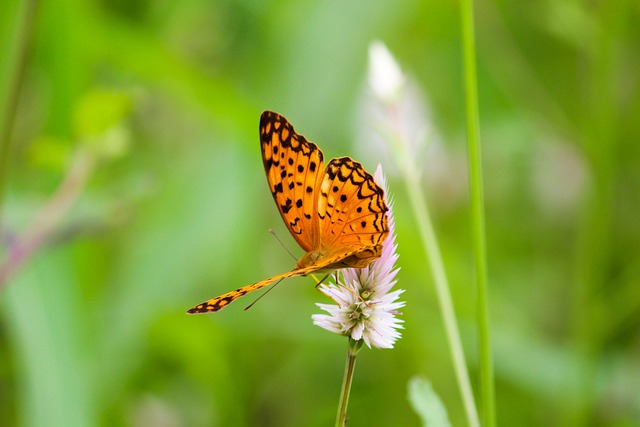Mosquitoes pose a significant global health risk by transmitting diseases like dengue fever, Zika virus, yellow fever, and malaria, affecting millions annually, especially in tropical regions. Effective mosquito control is crucial for preventing disease transmission, fostering safer environments, and alleviating healthcare systems. This involves multifaceted strategies like improved drainage, natural predators, genetic engineering, drones, AI, and mosquito trapping. Community-based approaches, education, responsible waste management, and mosquito-repellent gardens are integral to sustainable mosquito control. Regulatory measures and citizen involvement are essential for enforcing strict rules and maintaining clean environments.
Mosquitoes are not just a nuisance; they pose significant health risks through disease transmission. Understanding mosquito-borne illnesses and their impact is crucial for implementing effective mosquito control strategies. This article delves into various aspects of mosquito prevention, including environmental factors, repellent types, innovative technologies, trapping methods, community initiatives, organic solutions, regulatory measures, and citizen involvement. By exploring these avenues, we aim to provide a comprehensive guide to mosquito control in today’s world.
Understanding Mosquito-Borne Diseases and Their Impact
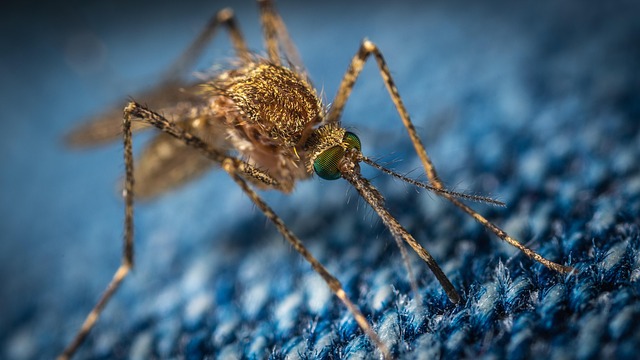
Mosquitoes are more than just a nuisance; they’re carriers of diseases that can have severe impacts on human health. Understanding the potential risks associated with mosquito bites is a crucial step in implementing effective mosquito control strategies. Diseases spread by mosquitoes include dengue fever, Zika virus, yellow fever, and malaria, affecting millions worldwide each year. These conditions pose significant threats, particularly in tropical regions, where mosquito populations thrive.
The impact of mosquito-borne diseases extends beyond individuals, impacting communities and economies. Outbreaks can lead to widespread panic, disrupt daily life, and place immense pressure on healthcare systems. Effective mosquito control measures are essential to prevent the transmission of these diseases, ensuring safer and healthier environments for residents and visitors alike.
Environmental Factors Contributing to Mosquito Breeding

Mosquito breeding is heavily influenced by environmental conditions, making mosquito control a multifaceted challenge. Standing water is a primary breeding ground for mosquitoes, as it allows their eggs to hatch into larvae. This can be exacerbated by poor drainage systems or water accumulations in containers like buckets, tires, and bird baths. Temperature and humidity also play significant roles; mosquitoes thrive in warm, humid environments, further emphasizing the need for comprehensive mosquito control strategies.
Urban areas with dense populations and poorly maintained infrastructure often face heightened mosquito problems due to the increased standing water risk. Additionally, climate change is altering weather patterns, leading to more frequent and prolonged periods of high humidity and temperature, which favor mosquito breeding. As such, effective mosquito control measures must address these environmental factors through strategic interventions like improved drainage, regular container cleaning, and temperature management to mitigate mosquito populations effectively.
Chemical vs Natural Mosquito Repellents: A Comparative Analysis
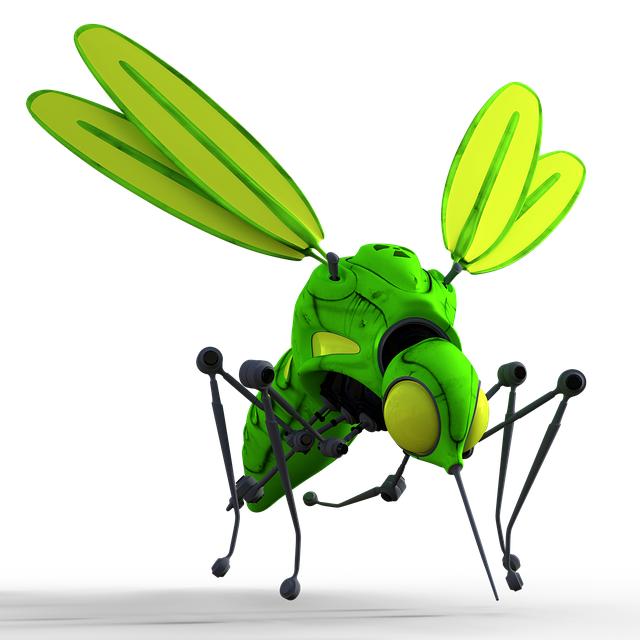
When it comes to mosquito control, the debate between chemical and natural repellents is an ongoing one. Chemical options have long been the go-to for many, offering immediate and effective protection through synthetic compounds that disrupt mosquitoes’ sensory systems. However, concerns over potential health risks and environmental impact have driven a shift towards natural alternatives. Plant-based and organic solutions like citronella, neem oil, and lemon eucalyptus extract are gaining popularity for their perceived safety and eco-friendliness.
While natural repellents may provide a more sustainable approach to mosquito control, their effectiveness varies. Some studies suggest that certain essential oils can be as potent as DEET, a common chemical repellent, in repelling mosquitoes. However, the duration of protection often differs, with natural options needing reapplication more frequently. Moreover, environmental factors like wind and sweat can impact their performance. Understanding these distinctions is key to choosing the best mosquito control method for individual needs, balancing effectiveness, safety, and environmental considerations.
Innovative Technologies in Mosquito Control: What the Future Holds
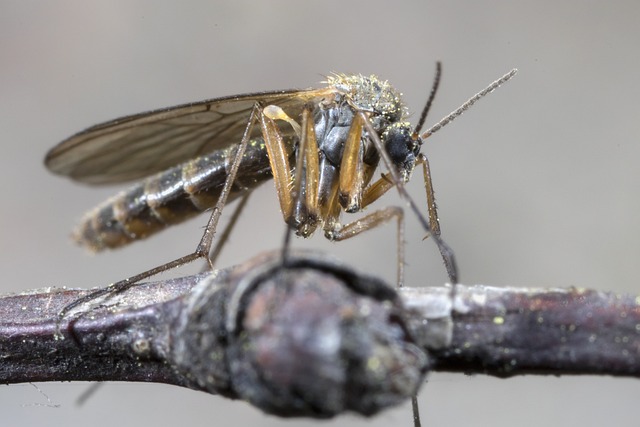
The future of mosquito control looks promising with innovative technologies emerging to combat these pesky insects. One such technology is the development of advanced genetic engineering techniques, allowing researchers to create natural predators or introduce specific genes that render mosquitoes less viable. For instance, the release of genetically modified (GM) mosquitoes has shown potential in reducing mosquito populations. These GM mosquitoes carry genes that disrupt their offspring’s development, leading to a significant decline in the overall mosquito population over time.
Another exciting development is the utilization of drones and artificial intelligence (AI). Drones equipped with sensors can survey large areas, identify mosquito breeding grounds, and even release insecticides precisely where needed. AI algorithms can analyze data from various sources, such as weather patterns, water body locations, and historical mosquito activity, to predict and prevent outbreaks effectively. These technologies offer more targeted, efficient, and environmentally friendly approaches to mosquito control, providing a glimmer of hope in the ongoing battle against these disease-carrying vectors.
Effective Mosquito Trapping Strategies for Residential Areas

In residential areas, effective mosquito trapping strategies are essential for mosquito control. One proven method involves the use of CO2-based traps that mimic human breath to attract mosquitoes. These devices can be particularly effective during peak mosquito activity times, such as dawn and dusk. By luring mosquitoes towards a confined space where they are trapped or killed, CO2 traps help significantly reduce local mosquito populations.
Another innovative approach is the use of ultraviolet (UV) lights, which have been shown to attract and trap mosquitoes effectively. UV lights can be strategically placed in areas prone to mosquito presence, drawing them out from hiding spots and trapping them on nearby surfaces or in collection pans. Combined with other mosquito control measures like proper drainage and pest-resistant plants, these strategies can create a more comfortable outdoor living environment for residents.
Community-Based Approaches to Reduce Mosquito Populations
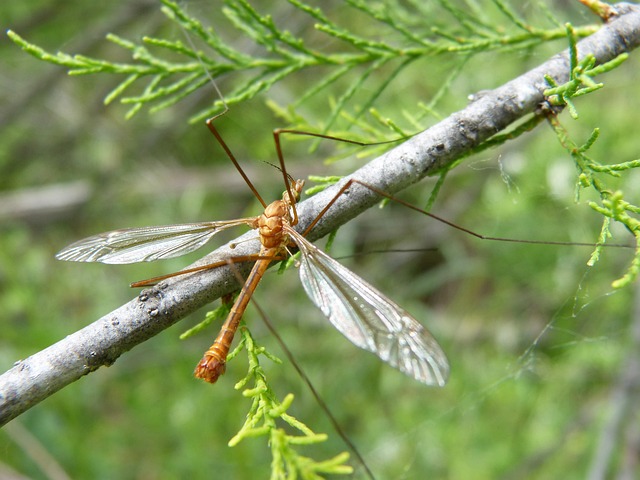
Community-based approaches play a vital role in effective mosquito control, especially in urban areas with dense populations. By fostering collaboration among residents, local governments, and health authorities, sustainable strategies can be implemented to reduce mosquito-borne disease risks. One such approach is community engagement programs that educate folks on the importance of eliminating standing water, which is where mosquitoes breed. Encouraging responsible waste management practices, such as prompt disposal of discarded tires and containers, significantly diminishes breeding grounds.
Additionally, community initiatives like tree planting and maintaining green spaces can provide natural habitats for mosquito predators, like birds and bats, helping to balance the ecosystem. These collective efforts not only curb mosquito populations but also foster a sense of shared responsibility for public health, making them essential components of any comprehensive mosquito control strategy.
Planting Mosquito-Repellent Gardens: An Organic Solution

Planting mosquito-repellent gardens offers an organic and natural approach to mosquito control. Certain plants have been found to effectively ward off mosquitoes due to their unique scents and chemical compounds. For instance, citronella, lavender, basil, marigolds, and lemongrass are known for their mosquito-repelling properties. Incorporating these plants into your garden design not only creates a beautiful outdoor space but also helps reduce the presence of these pesky insects.
By cultivating a diverse array of these plants, you can create a mosquito-unfriendly environment in your yard or balcony. These organic solutions are an eco-friendly alternative to chemical sprays and can be easily maintained. Additionally, they provide an aesthetic appeal, allowing you to enjoy your outdoor areas without the constant nuisance of mosquitoes.
Regulatory Measures and Citizen Participation in Mosquito Prevention
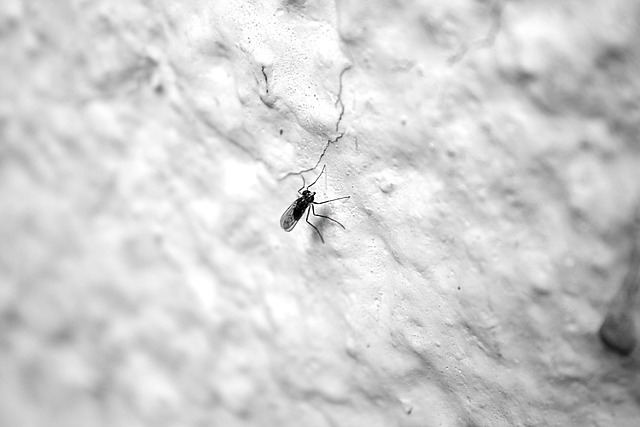
In the fight against mosquito-borne diseases, regulatory measures play a pivotal role in implementing effective mosquito control strategies. Local governments and health authorities often enforce strict regulations to monitor and manage mosquito populations. These measures include regular inspection of standing water bodies, where mosquitoes breed, and the prompt removal of any stagnant water sources. By doing so, they disrupt the mosquito lifecycle, reducing their overall number. Citizen participation is another critical aspect; communities can actively contribute by adhering to these regulations and taking proactive steps such as maintaining clean environments, using insecticides responsibly, and reporting suspected mosquito breeding sites to the relevant authorities.
Public education campaigns are essential tools in this process, empowering citizens with knowledge about mosquito behavior and prevention techniques. When individuals understand the importance of their actions, they become powerful allies in mosquito control efforts, fostering a collaborative environment for a healthier community. This two-way collaboration ensures that mosquito prevention strategies are not only enforced but also sustainable and effective in the long term.
